Rolf Stoll, a painter of figure subjects, landscapes and floral still lifes, was an important member of the Cleveland art scene during the second quarter of the century. He was also an influential teacher, as well as one of Ohio’s foremost portrait painters.
Rolf Stoll was born in Heidelberg, Germany, in 1892. As a boy, he attended a military academy, during which time he developed an interest in art. He received his early formal training at the Academy of Fine Arts in Karlsruhe and at the Academy of Fine Arts in Stuttgart. He emigrated to the United States in 1912, settling in New York City. A decade later, after studying at the school of the National Academy of Design and supporting himself by working as a commercial artist, Stoll decided to leave New York. Upon the recommendation of Warren Pryor, one of his teachers, he decided to move to Cleveland, Ohio. After arriving in Cleveland, Rolf Stoll continued to work as a commercial artist. However, in 1926, he joined the faculty of the Cleveland School of Art, where he taught drawing. Two years later Stoll was appointed head of the school’s portrait painting department. A talented portraitist, Stoll’s sitters included industrialists, community leaders and many prominent members of Cleveland and Ohio society, as well as over twenty faculty members from Case Western Reserve University. Stoll also gave portrait classes at the John Huntington Polytechnic Institute from 1926 to 1953. In his male portraits especially, he was admired for his ability to convey the dignity of his sitter’s professional position without sacrificing individuality. As noted by one contemporary reviewer, Stoll was a “master of rich color, a searching student of human types, a forceful portrayer of all that the face reveals of the mind and the soul.” In addition to his activity as a portraitist, Rolf Stoll painted figure subjects and floral still lifes. He was also known for his views of the Ohio countryside and Canada. Stoll also painted views of Spain and depictions of Spanish peasants, inspired by an extended trip to that country (1926), during which time he was entertained by the famous Spanish portrait painter, Ignacio Zuloaga. Moving easily between oil and watercolor, Stoll worked in an direct realist style, combining his characteristic firm draftsmanship with the use of simplified forms and decorative color.
Rolph Stoll was a member of the Cleveland Society of Artists, the Cleveland Print Club and the Kokoon Arts Club. He exhibited his work widely throughout the United States and was the recipient of numerous awards and prizes. Stoll also had important solo exhibitions at the Columbus Gallery of Fine Arts (1928) and at the Cleveland School of Art (1927, 1936, 1943). Following his retirement from the Cleveland School of Art in 1957, Stoll moved to Lake Worth, Florida, where he painted depictions of flowers and fruit until his eyesight failed. He died there on 19 November 1978. Representative examples of Stoll’s work can be found in major public and private collections throughout the Midwest, including the Cleveland Museum of Art; the Dayton Art Institute; the Toledo Museum of Art; the Nebraska Arts Association; and the Columbus Museum. Stoll also produced a number of murals including a WPA (Works Progress Administration) for the United States Post Office in East Palestine, Ohio.
Works by Rolf Stoll
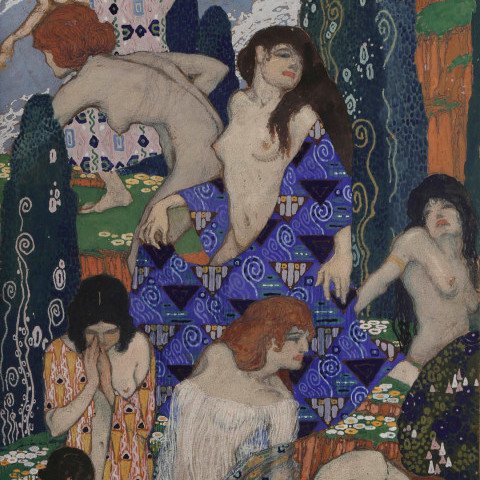
Ecstasy, c. 1920 Rolf Stoll
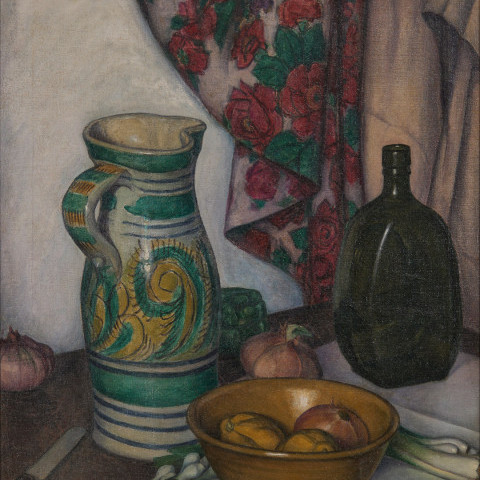
The Spanish Jug, 1925 Rolf Stoll
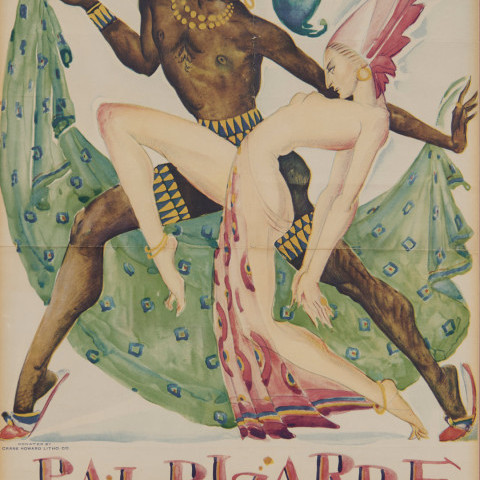
Kokoon Klub Annual Costume Ball, 1930 Rolf Stoll
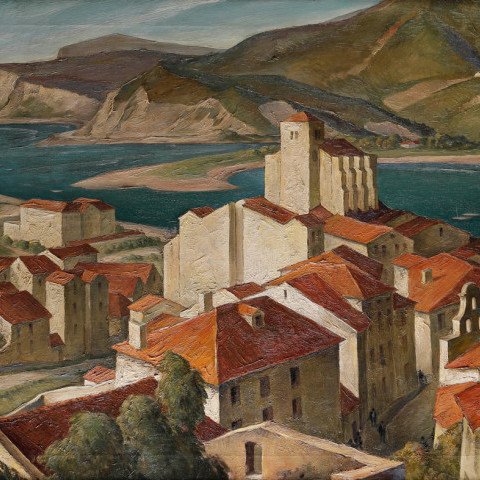
Spanish Seaside Village (Cadaques Catalonia) Rolf Stoll
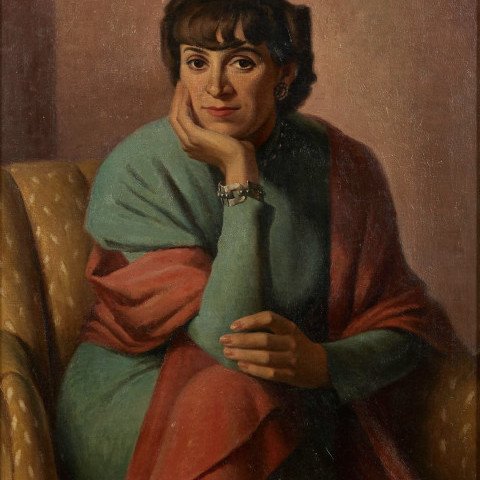
Kae Dorn Cass, 1940 Rolf Stoll

SOLD
Beverly in Her Blue Hat, 1948 Rolf Stoll
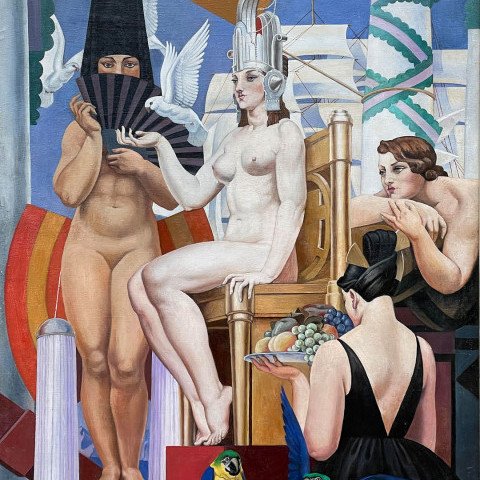
SOLD
Cleopatra, c. 1925 Rolf Stoll
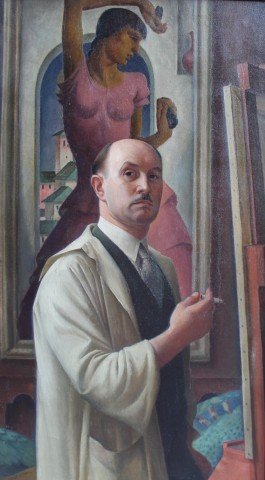
SOLD
Self Portrait, c. 1926 Rolf Stoll
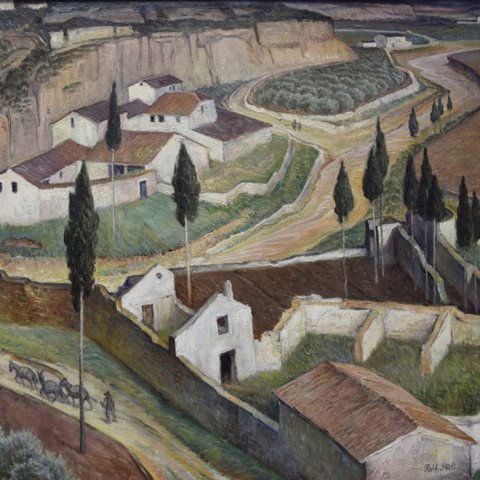
SOLD
Spanish Landscape with Cypresses, 1938 Rolf Stoll
